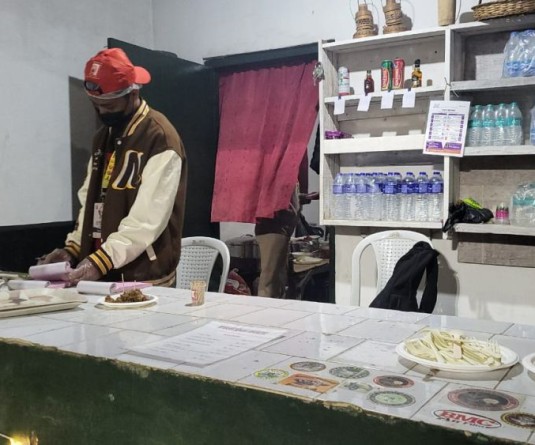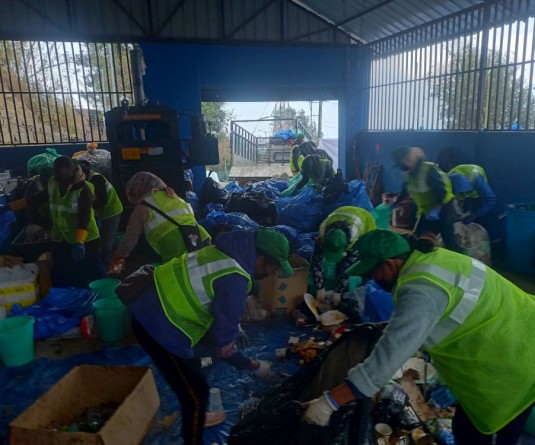Morung File Photo
 (2).jpg)
Morung Express News
Dimapur | February 5
The electricity department’s recent notice to the public, “to bear with the power crisis till the onset of monsoon” has proved to be an annoyance, yet again. It seems like the same old crisis coming to haunt us all over again. But speaking to the power department officials, one is given the impression that the means to tackle power crisis is beyond their hold. Since Nagaland does not have its own Thermal Power Plant (TPP), it depends entirely on monsoons for electricity generation. Nagaland gets its entitled share of power from the Inter State Generating System (ISGS) in Shillong. However, the State at times overdraws power to meet the State’s requirements. Atoho Achumi, SDO, said that on New Years Eve, the State overdrew electricity two to three times more than the allotted amount and the department paid Rs. 10 per unit for that generated amount. The charges to the consumers were however static.
Dimapur alone requires 90 MW approximately during peak hours and 25 MW during off peak hours. Although the demand goes up higher, the department cannot overdraw because it may destabilize the system. The State has three load centers, Kohima, Dimapur and Mokokchung. These three centers provide electricity to surrounding areas. Power is allocated to all the three center at the rate of 40% for Kohima, 45% for Dimapur and 15% for Mokokchung. This is way beyond the entitled percentage as Nagaland as a whole gets only 25% from the ISGS. Dimapur is divided into two blocks and power is distributed evenly at intervals. One of the main reasons why the State faces shortage of power is because there is no Thermal Power Plant. The NDA government at the Centre sanctioned a TPP at Chumukedima and despite all the necessary infrastructure, including fuel acquirement, the Centre has stopped funding the project for reasons best known to them.
The ES, G. Chishi pointed out that the government is suffering due to many factors that cannot only be attributed to the department. “The reservoir cannot store more than its capacity and it can only retain a minimum amount of water. Heavy monsoon do not indicate extra energy,” he said. Power theft is also a major problem that the department faces, generating a loss of about 40 to 50 crores per annum. “Power theft causes short fall and the direct consequences is load shedding. It is also very difficult to curb theft,” G. Chishi added.
The department officials also discourage use of high powered electric appliances at this time of power crisis. Consumers should also switch to fluorescent tubes to save energy, it was informed. Non- payment of bills by consumers is also a grave concern for the department, for it not only loses out on revenue but the number of power theft increases which consequently leads to such kind of power crisis. Unless the State acquires a TPP, we have to wait every year for the monsoons to save us from this electricity woes and the public on the other hand should learn to use power judiciously.






